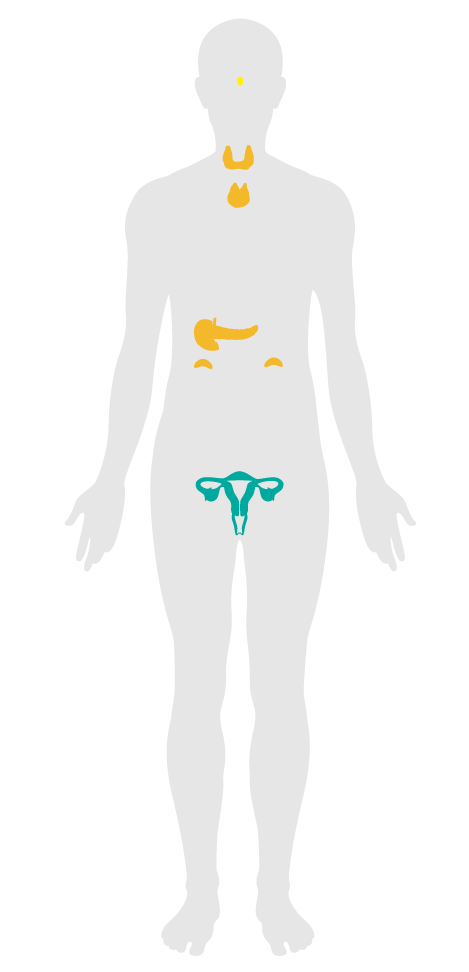Toxic material reduction
Features/Air/Feature 25
- 01 Air quality standards
- 02 Smoking ban
- 03 Ventilation effectiveness
- 04 VOC reduction
- 05 Air filtration
- 06 Microbe and mold control
- 07 Construction pollution management
- 08 Healthy entrance
- 09 Cleaning protocol
- 10 Pesticide management
- 11 Fundamental material safety
- 12 Moisture management
- 13 Air flush
- 14 Air infiltration management
- 15 Increased ventilation
- 16 Humidity control
- 17 Direct source ventilation
- 18 Air quality monitoring and feedback
- 19 Operable windows
- 20 Outdoor air systems
- 21 Displacement ventilation
- 22 Pest control
- 23 Advanced air purification
- 24 Combustion minimization
- 25 Toxic material reduction
- 26 Enhanced material safety
- 27 Antimicrobial activity for surfaces
- 28 Cleanable environment
- 29 Cleaning equipment
- P9 Advanced cleaning
Toxic material reduction
Intent:
To minimize the impact of hazardous building material chemicals on indoor air quality and protect the health of manufacturing and maintenance workers.
BACKGROUND
Various chemicals are still used in the manufacture of building materials, despite known or suspected health hazards. Flame retardant chemicals, which are used to increase fire-resistance of materials, include PBDEs (polybrominated diphenyl ethers)—which, based on animal tests, are associated with potential neurobehavioral, carcinogenic and immune effects. Some of these chemicals can bioaccumulate in fat and result in food chain contamination, including human milk. All parts of this feature only apply to materials installed inside the weather proofing membrane of a project.
Halogenated flame retardants are limited in the following components to 0.01% (100 ppm) to the extent allowable by local code:
a.36
Window and waterproofing membranes, door and window frames and siding.
b.36
Flooring, ceiling tiles and wall coverings.
c.36
Piping and electrical cables, conduits and junction boxes.
d.36
Duct, pipe, acoustic and thermal insulation.
e.36
Upholstered furniture and furnishings, textiles and fabrics.
DEHP, DBP, BBP, DINP, DIDP or DNOP (often found in polyvinyl chloride [PVC]) are limited in the following components to 0.01% (100 ppm):
a.36
Flooring, including resilient and hard surface flooring and carpet.
b.36
Wall coverings, window blinds and shades, shower curtains, furniture and upholstery.
c.36
Plumbing pipes and moisture barriers.

